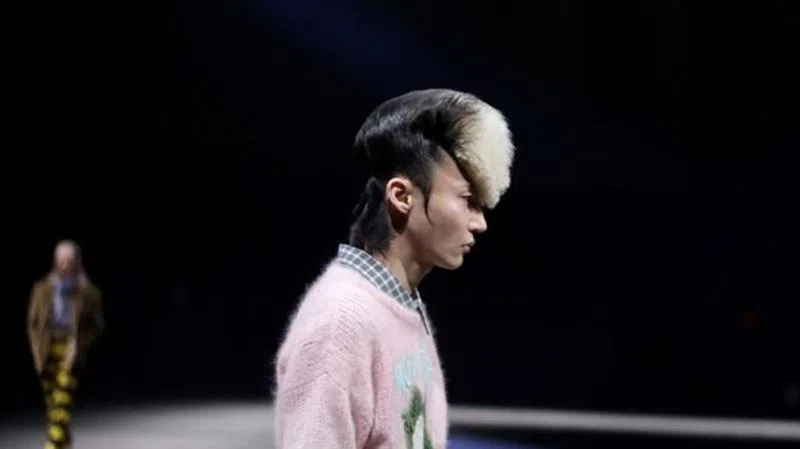
Gucci’s Michele marks 5 years of challenging masculine codes
MILAN — If any one designer can take credit for revolutionizing menswear, it is Gucci’s Alessandro Michele, who made his runway debut as creative director five years ago with a menswear collection that challenged masculine codes.
This week’s menswear previews for Fall/Winter 2020/21 confirmed the shifting conversation around men’s dressing. Designers across the spectrum made clear that introducing feminine elements to a man’s wardrobe — in colours, silhouettes and textiles — is a durable trend into the new decade.
‘’I don’t want to give the impression I want to deconstruct or destroy the masculine world. I want to enlarge it,’’ Michele told reporters after Gucci closed five days of mostly menswear previews for Fall/Winter 2020/21.
Highlights from Tuesday’s shows:
